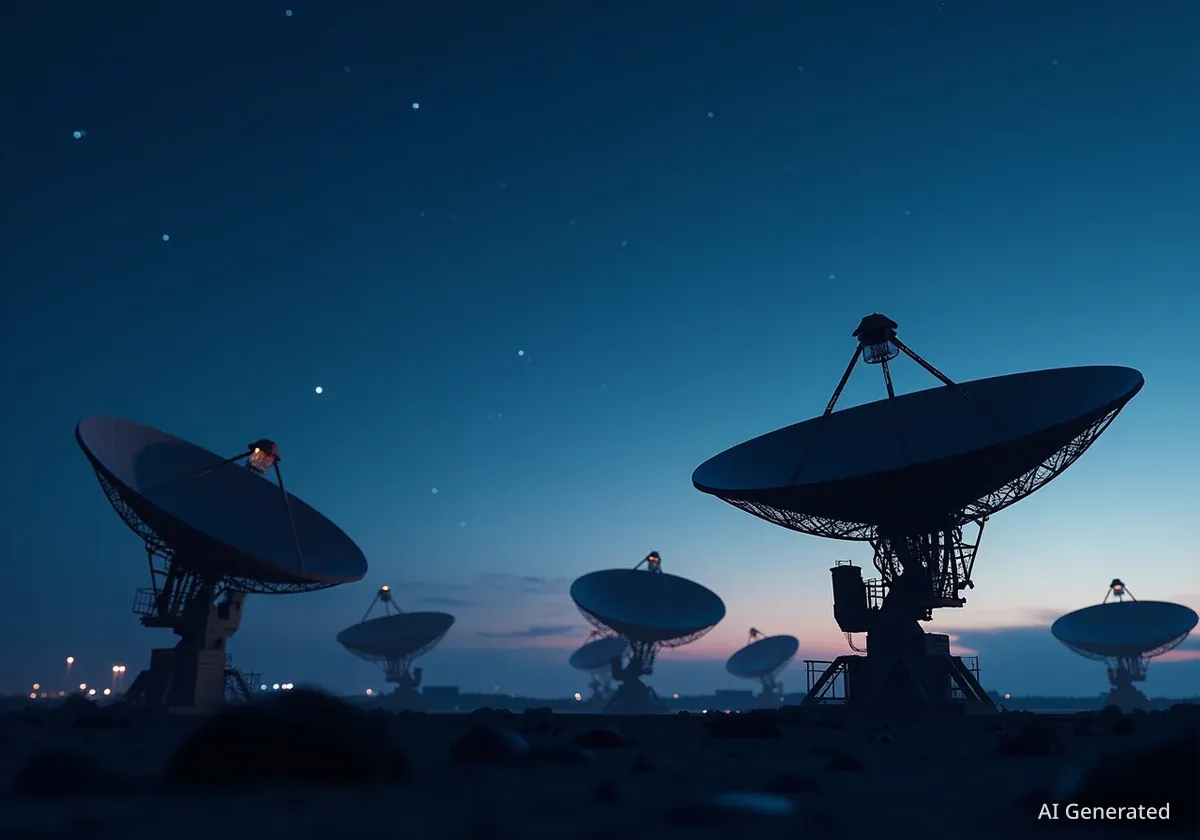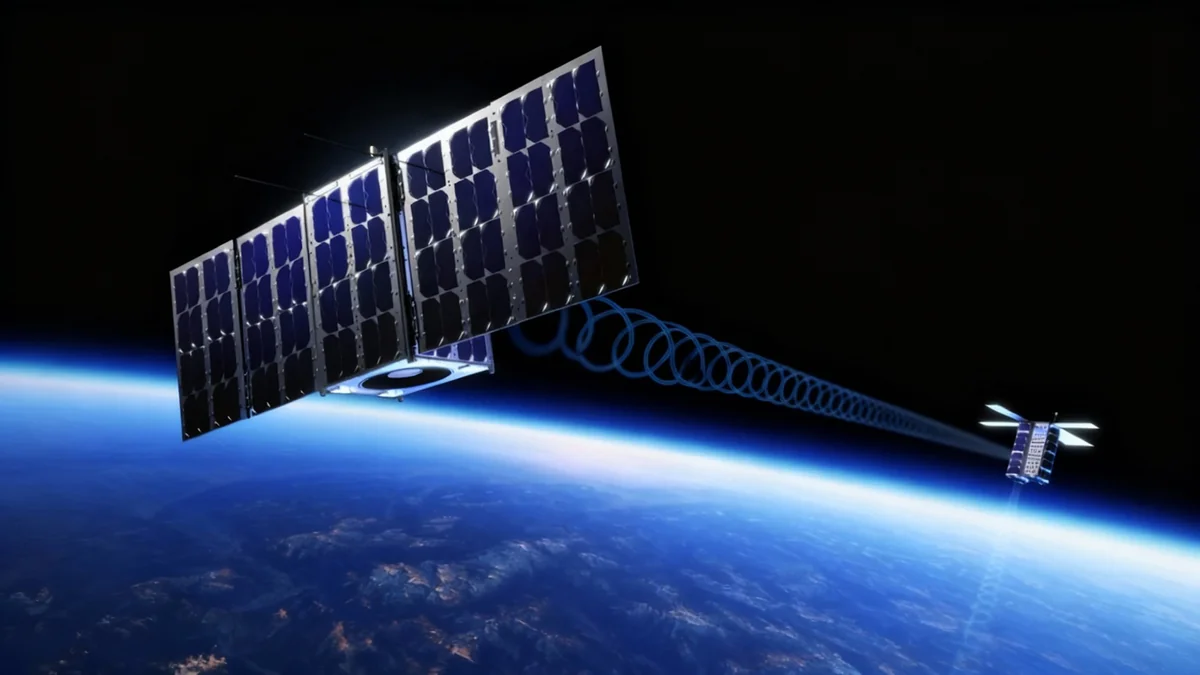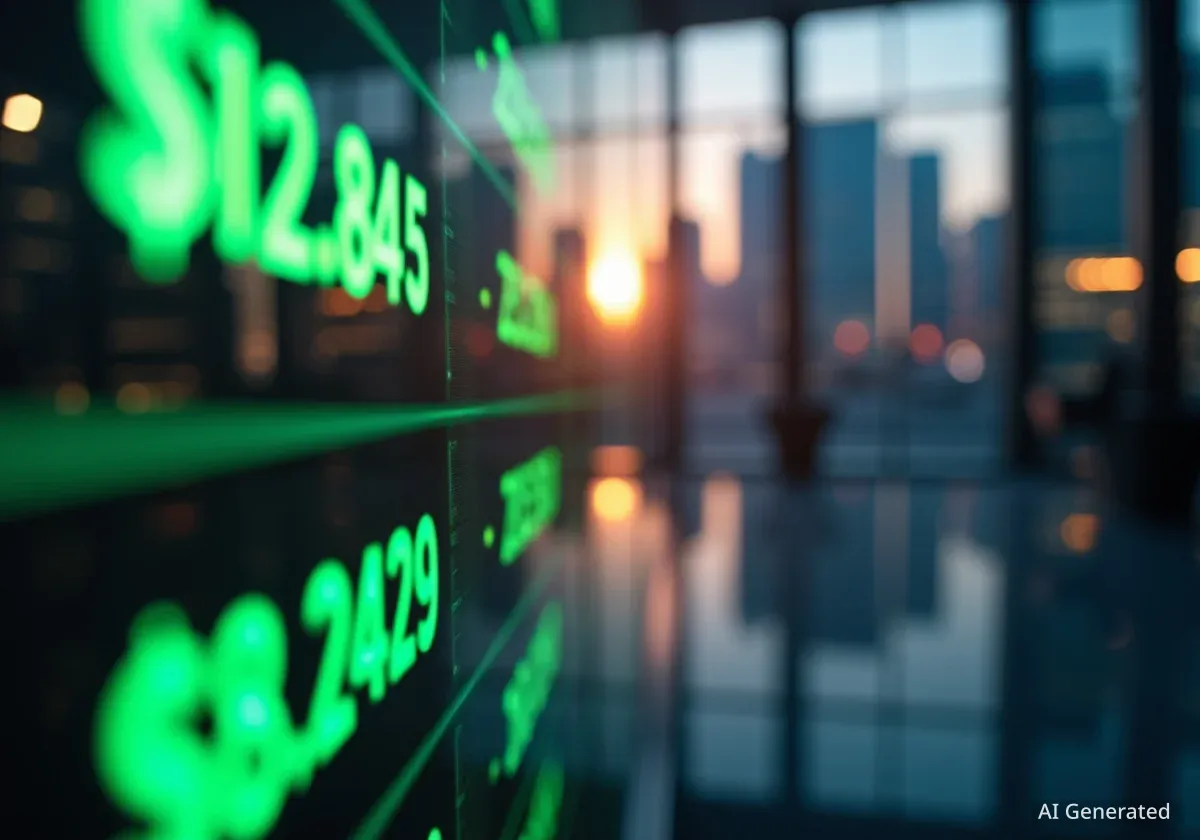Global investment in core space infrastructure reached a five-quarter high of $4.4 billion in the third quarter, according to a new report from early-stage investment firm Space Capital. This represents a 12% increase from the previous quarter, driven by significant activity in U.S. satellite manufacturing and the Chinese launch sector.
The report highlights a growing trend of larger investments concentrated in fewer, more established companies, with national security interests playing a major role in directing capital flow.
Key Takeaways
- Global investment in space infrastructure totaled $4.4 billion in Q3, the highest in five quarters.
- The growth was fueled by strong performance in U.S. satellite production and China's launch industry.
- Defense initiatives, particularly the Pentagon's Golden Dome program, are major drivers of investment.
- Since 2021, 60% of all satellite manufacturing funding rounds from the past 15 years have occurred.
- Investor exits, including acquisitions and IPOs, are on pace for a record year in deal count.
Investment Trends in the Global Space Sector
Investment in the foundational elements of the space economy—defined by Space Capital as the hardware and software for building, launching, and operating space assets—has shown robust growth. The recent $4.4 billion quarterly figure indicates renewed investor confidence, particularly in sectors with clear government and commercial applications.
Two key areas fueled this expansion. In the United States, satellite manufacturing is experiencing what the report calls a "breakout year." Simultaneously, China's launch industry has seen record levels of activity, signaling a broad-based international push to expand space capabilities.
China's Growing Launch Capabilities
China's launch sector has become a focal point for investment. A notable example is the Beijing-based company Galactic Energy, which recently secured $336 million to advance its rocket development programs. This funding round is believed to be one of the largest disclosed for a private Chinese launch startup.
"From what we’re seeing, China’s surge in launch investments underscores the scale of industrial mobilization now underway," Chad Anderson, CEO of Space Capital, stated. "Launch is typically the first stage of that cycle — as new rockets and reusable platforms come online, the satellite market inevitably follows."
Anderson also noted that while many early-stage satellite funding rounds in China are not publicly disclosed, available information suggests that manufacturing investment is accelerating, mirroring the trajectory already established by its launch market.
Defense Spending Drives Satellite Manufacturing
National security remains a primary catalyst for investment in the space industry, with the United States leading the way. Companies are strategically positioning themselves to secure contracts related to the Pentagon's Golden Dome initiative, a comprehensive program aimed at strengthening and integrating national security space systems.
Satellite Manufacturing Boom
According to Space Capital's analysis, 60% of all satellite manufacturing funding rounds tracked over the past 15 years have taken place since the beginning of 2021. This surge reflects investor confidence in mass-production models and dual-use hardware designed for both defense and commercial markets.
This trend is exemplified by California-based Apex, which announced a $200 million funding round in September. The investment valued the company at $1 billion and is intended to help scale its satellite production for both national security missions and commercial constellations.
"The overall trajectory in core space infrastructure — particularly satellite manufacturing and logistics, which have been the biggest beneficiaries of Golden Dome so far — is clearly upward heading into 2026," Anderson added.
Shifts in Funding Stages and Market Exits
The report identifies several key shifts in how capital is being deployed across the space sector. While early-stage funding remains active, investors are increasingly writing larger checks for a smaller number of companies that have demonstrated technical progress.
Capital Concentration and Market Maturation
Since 2023, the average size of investment rounds has increased at every stage. However, the path to late-stage funding remains challenging. Of the 651 infrastructure companies that have raised seed rounds since 2009, only 15 have successfully advanced to a Series E round. This suggests a market consolidation where capital flows toward the most promising ventures.
Launch vs. Satellites: A Capital Breakdown
Since 2009, the launch market has attracted more total capital than the satellite market.
- Launch Market: $52.4 billion
- Satellite Market: $47.7 billion
Furthermore, emerging sectors like in-orbit logistics and commercial space stations now account for 22% of total investment rounds, a significant increase from just single-digit percentages five years ago.
A Strong Year for Investor Exits
The third quarter saw 14 investor exits valued at a combined $24.2 billion. This activity was driven by major acquisitions, such as SES's planned purchase of Intelsat, and initial public offerings (IPOs) from companies like U.S.-based Firefly Aerospace and Japan's Axelspace.
These transactions have contributed to making the current year the second-highest on record for infrastructure exit value and have already set a new record for the number of deals. The highest year for exit value remains 2018, which saw $46 billion in exits across 18 deals, including major transactions involving Collins Aerospace and Orbital ATK.





